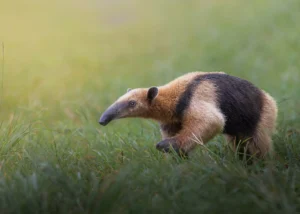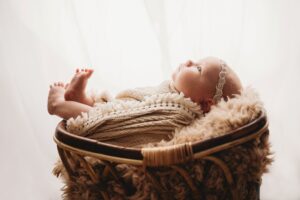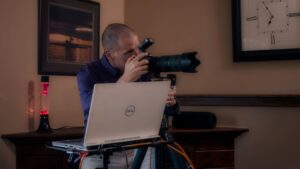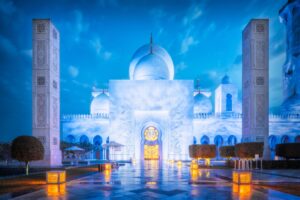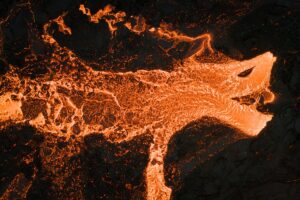
I think it still boils down to your honesty and your integrity in what you’re trying to do. You can be as award-winning, as global, and as multi-awarded as you want to be. But at the very core of it, how does that story reach the communities, or at least the people, that have no access to information?
Veejay Villafranca
You can also listen to this episode on iTunes, Pocket Casts, Spotify, Castbox, and Google Podcasts.
Elevate your photography journey with us – become a part of our community today!

In this episode, I speak with Veejay Villafranca, a documentary photographer from the Philippines. Veejay has been documenting people’s lives for many years, prioritizing true storytelling and ethical photojournalism.
We talk about:
- The difference between documentary photography and photojournalism
- How to approach photojournalism ethically as a foreigner in a different country
- Storytelling tips that will help you elevate your work
& much more!
Veejay Villafranca is a very talented photographer who is genuinely curious about people in different situations. His open-mindedness and ethical photojournalism could inspire photographers to approach their work from a different perspective. If you want to improve your documentary photography skills, this episode is for you!
Here is a preview of our conversation with Veejay Villafranca.

Q: When you became a freelancer, what was the first personal project that you worked on?
Veejay Villafranca: I started with the national news magazine here in the Philippines covering different stories.
Towards the end of that four-year stint, I started working for different wire agencies. Then, I was able to connect to other boutique agencies, such as Getty Images. Today, I work with the creative division, but I’m a regular correspondent for Bloomberg News.
One particular story I was interested in was how do I continue to document the struggle of marginalised communities in the Philippines, or at least in Metro Manila. I met a group of individuals, a young group interested in hip hop culture, street culture, dance, and a little bit of rap. I got interested.
That eventually became my first personal project, following the lives of former gang members in one of the densest communities in Manila.

Q: What advice would you give to foreign photographers who want to take respectful and authentic photos of another country, especially during or after a disaster?
Veejay Villafranca: It’s always important to have context, to know the local language, to respect local culture, to respect local traditions, and so on. There are different ways.
Even if you’re hounded by a very tight deadline or a very strict photo editor, or if you’re going in with a very limited budget, I think that doesn’t give anyone the licence to be disrespectful of the subjects.

Q: What are the main differences between documentary photography and photojournalism?
Veejay Villafranca: Mainly, the difference between the two is that the need for news photographs or photojournalists is more urgent. The response time is quicker. We need to deliver the news almost now, almost in real time.
Documentary photography is rooted in observing, but at the same time, utilising different approaches in terms of technical photography.
(This transcript was edited for clarity and length.)
Links
Invisible Photographer Asia interview
Lomography interview
Eric Kim Photography feature
Robin Titchener feature
Philstar feature
World Press Photo




